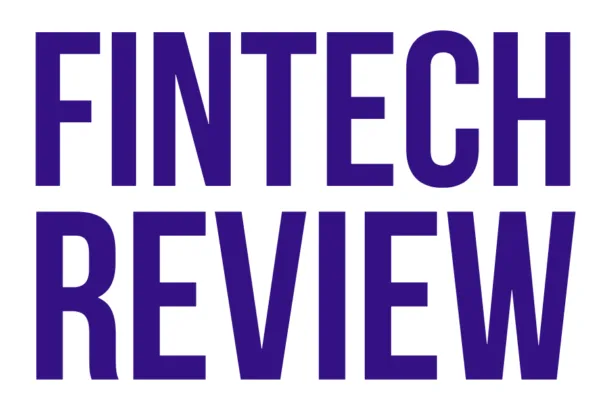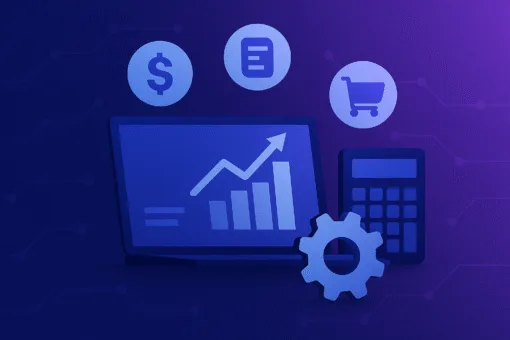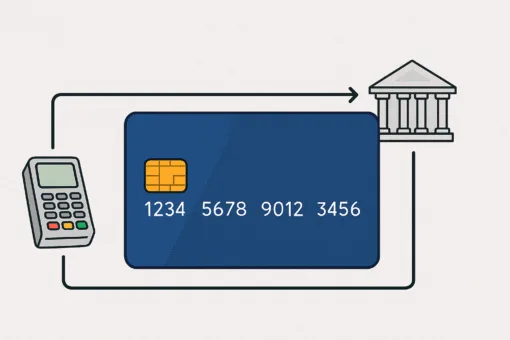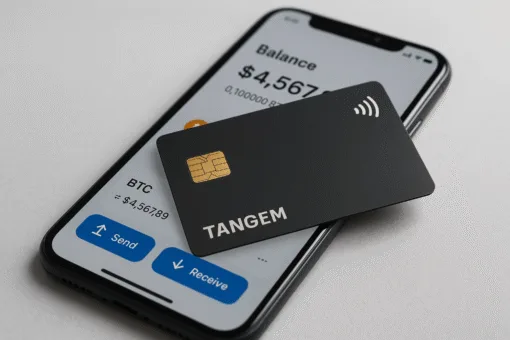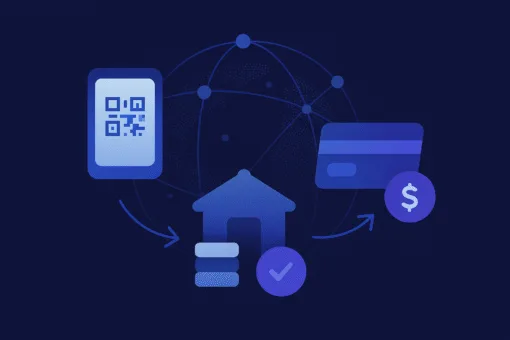The Internet of Things (IoT) sector is rapidly growing. According to Gartner, 25 billion connected things will be applied by the end of 2021 for producing and processing large piles of data.
Such a technology flourishes these days, facilitating people’s lives in almost all the fields of activity. Banking is one of these fields where the IoT will perform a crucial role. So, we’ll look at the benefits for this sphere, its use cases, and other essentials.
The Reasons to Use IoT in Banking
Before implementing something radically new in your life, you always need to find solid reasons for its necessity. The same thing is with building your own IoT-based solution for the FinTech sphere. But you first need to see undeniable advantages of how it would help you in business.
Customer-IoT smart interaction. The users are going to track their bank balance via smart gadgets (e.g., seeing messages about over-limiting the planned budget through smartwatch). It is today’s well-known algorithm when banking applications send transaction notifications to your devices, but the experts say it’ll reach new heights in the near future.
Personalized services. Financial establishments thoroughly monitor the customers’ preferences, collecting information about their behavior to provide people with the ads and services relevant to their needs. Due to IoT, the data would be offered to users through their smartphones, laptops, etc.
IoT revolution

Real-time data collection. Insuring an accommodation or a vehicle with the help of IoT, people can always obtain the most up-to-date information on how the insured object is used. For instance, having paid for car insurance, you’ll be able to access all data related to insuring cases, as well as sensor info from any location, whether it’s your house or automobile.
Devices communication. Conjunction of software and sensors will allow users to make cashless purchases even without a card or a phone. We can imagine, for example, that one day the supermarket cash box will be able to define the number of products in the purchaser’s cart and automatically provide a payment by connecting to a buyer’s mobile wallet.
Quick decision-making. Thanks to data from IoT-based devices, the banks can enhance the decision-making process by providing better customer service and product strategy (e.g., creating a picture of possible credit risk for each client using social media or the customer’s buying inclinations data, making commercial offers, etc.)
We enlightened the simplest of IoT ideas for business. The list will grow according to future innovations.
IoT Use Cases in Financial Sphere
Banks worldwide are attempting to apply IoT capabilities to engage more clients in their business. So, financial services and Internet of Things is a winning combo for these purposes. Let’s find out the usage samples of how it may enhance the financial sector.
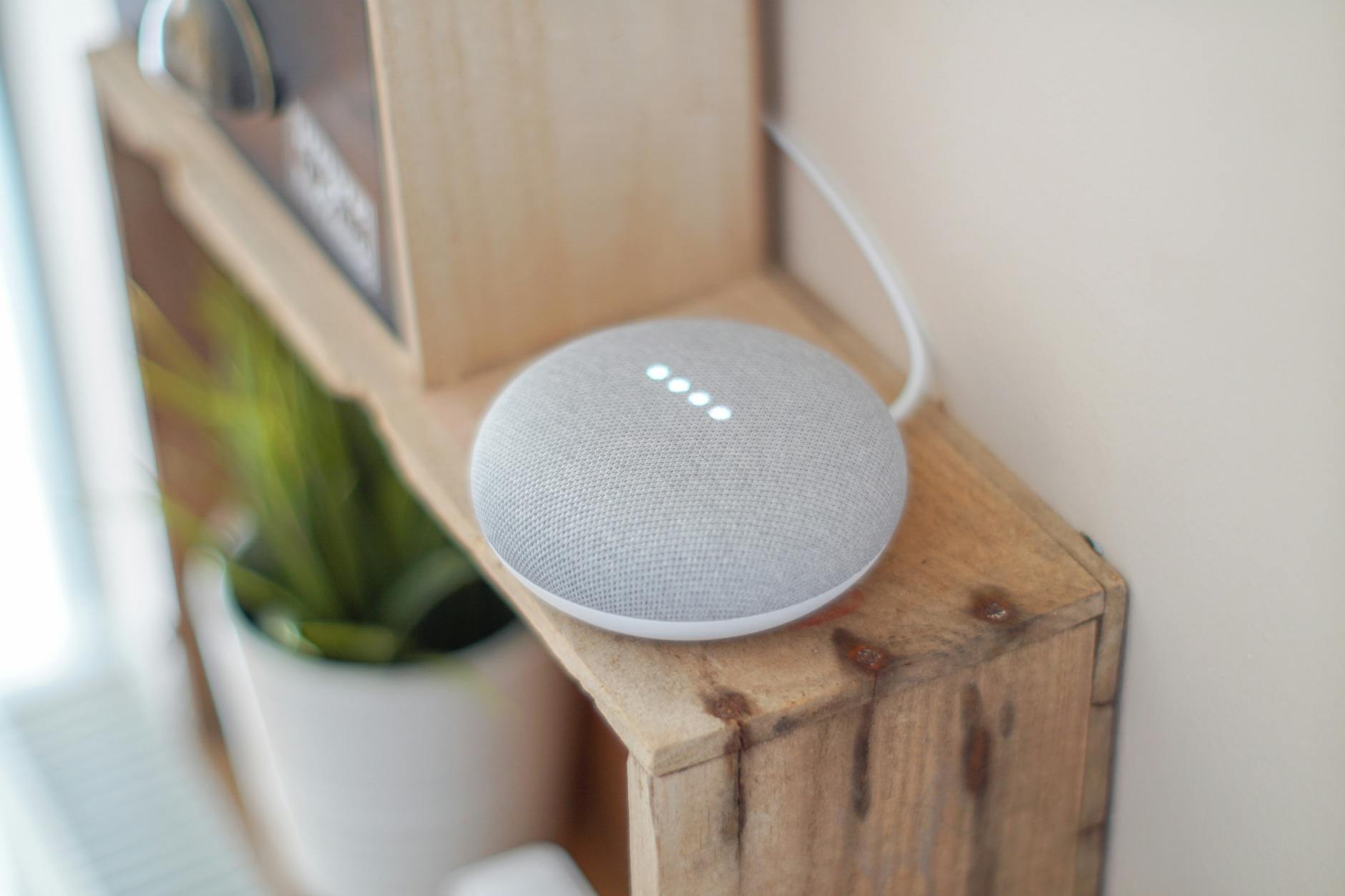
IoT against fraud. Financial software equipped with IoT and artificial intelligence (AI) tools is able to collect more information about their clients’ banking operations, making financial processes quicker and more secure from cybercrimes.
Autonomous wearable devices. One more example of IoT implementation: according to stats, the worldwide wearable payment devices market value is going to reach $12.9 billion by the end of 2021. Furthermore, it is extremely likely to develop wearables that don’t require smartphones (e.g., rings, virtual reality gadgets, and probably high-tech clothing.)
Invisible payments. The IoT integration enables the creation of invisible payments and other major financial operations using wearables such as voice-recognition devices, smartwatches, or specific RFID sensors in Uber vehicles to make automatic payments without taking the phone out. PwC’s data shows: 22% of world financial organization CEOs expect that vehicle payments of this kind will come true soon.
Payments from everywhere. Users would pay for food delivery, for example, using smart refrigerators and other household equipment in their houses. IoT may help you create a payment process optimization and acceleration mechanism in the banking business, and you’ll be able to pay whenever you are.
These are not all examples of IoT financial use cases. However, having modern hardware isn’t enough for successful technology implementation. So, you should think about developing appropriate software and the hidden pitfalls of IoT implementation in it.
The Obstacles of IoT Adoption in Banking
All the IoT-in-financial-area picture wouldn’t be complete without the description of the challenges. The banking sphere is quite sensitive as it deals with finances and confidential data, and all the above IoT benefits may also carry serious privacy and safety problems. According to Gartner, the security spending of financial establishments using IoT will reach $3.1 billion by the 2021 year-end.
So, before deciding on the Internet of Things implementation into your software, you should weigh all pros and cons, and get familiar with the most common challenges of IoT use.
Privacy and security are significant risks arising while companies use the Internet of Things in the financial sector. IoT is represented as a vast network of devices and software; that’s why the danger of hacking is on the rise. So, the issue of safety and confidentiality is critical.
Workflow reorganization. IoT allowed people to effectively automate their work processes, but caused other technical and organizational challenges. New technologies require proper management; that’s why the financial institutions should care about retraining the staff that starts dealing with IoT-based solutions. Company’s processes automation also causes changes in the entire workflow and personnel duties.
System’s complexity. The Internet of Things may also be compared with a chain in which links play vital roles in maintaining good connectivity. If one link is damaged, the entire chain is also broken. It affects both the hardware and the software. As a result, you should seek top-quality hardware manufacturers as well as competent software development vendors.
Absence of common standards. There are no consistent norms for IoT-based device maintenance. The issue is that multiple vendors with no single support standard between all of them are manufacturing all IoT hardware . As a result, failures of IoT gadgets may be caused by a lack of software consistency.
Wrapping Up
Regarding the above broad picture, you can successfully implement IoT in your banking app. However, it’s challenging, and you need to organize the development process wisely to obtain secure, effective and bug-free software.
A team of competent professionals will assist you in such a process. The specialists will recommend how to build a modern and competitive IoT-based financial solution providing you with full resource estimates of your concept and offering you the system compliant to the best international standards to implement.
Author’s bio: Vitaly Kuprenko is a technical writer at Cleveroad, a web and mobile app development company in Ukraine. He enjoys writing about tech innovations and digital ways to boost businesses.
